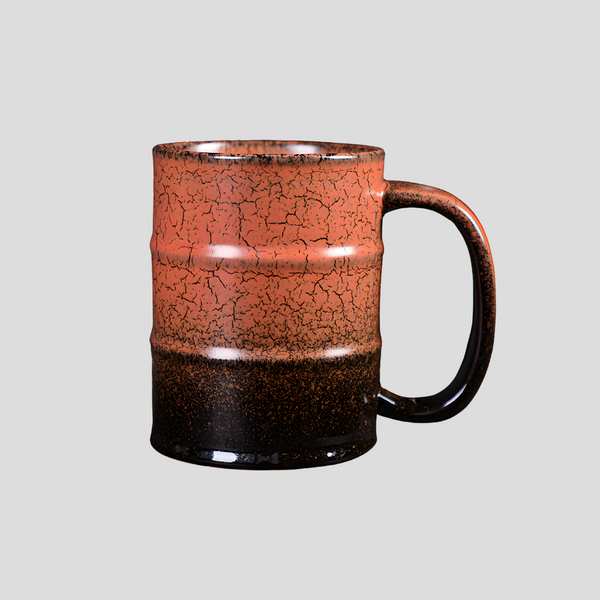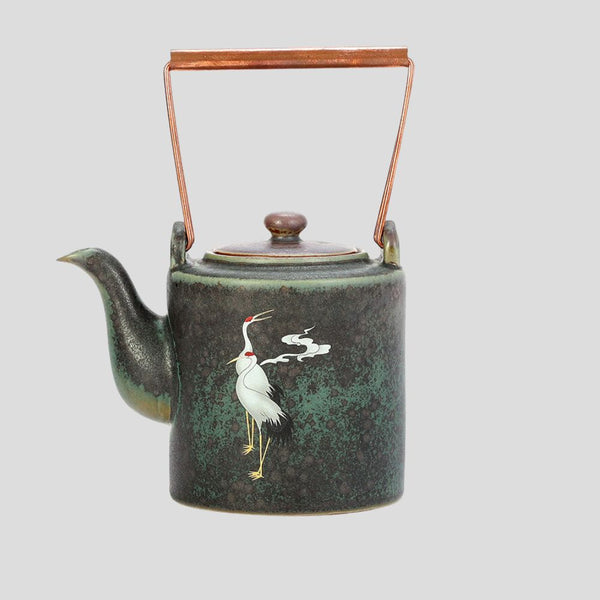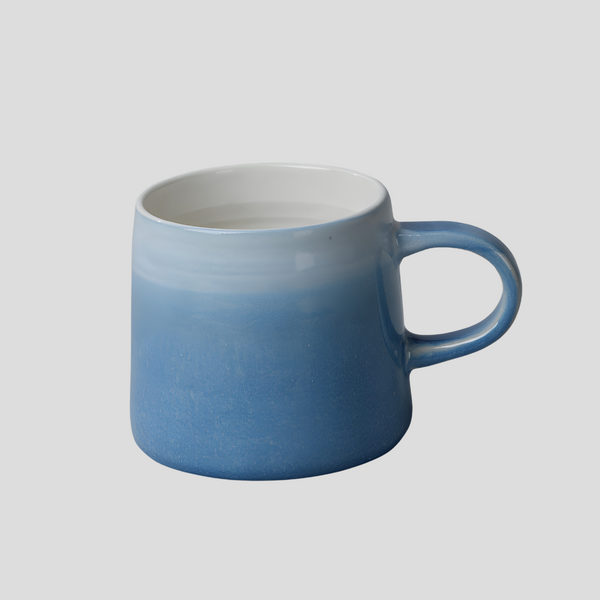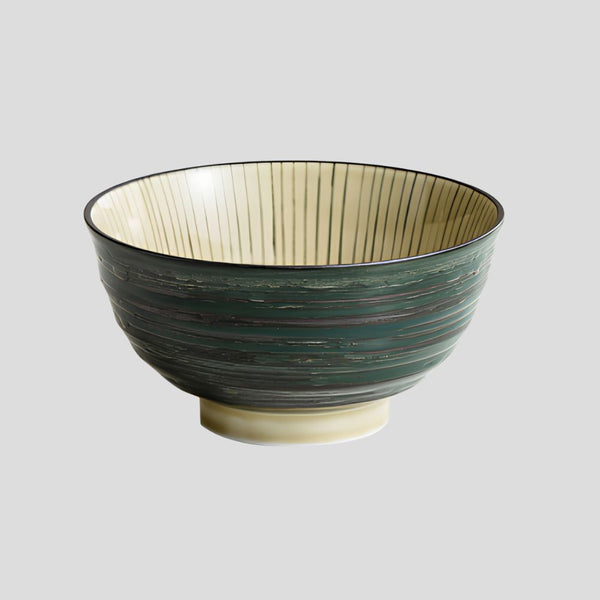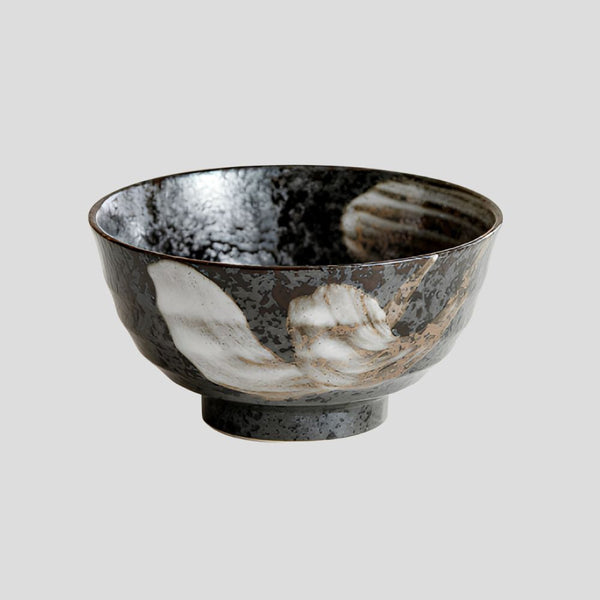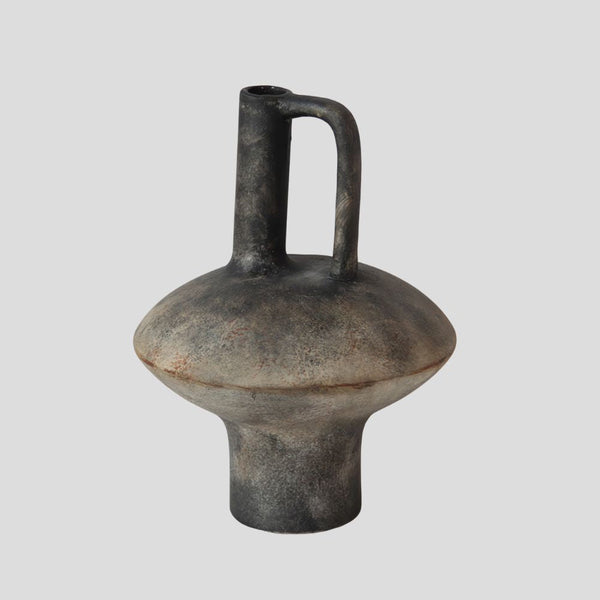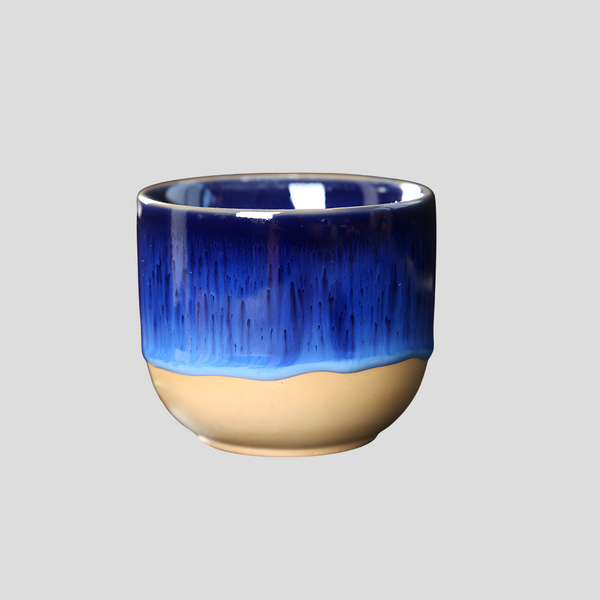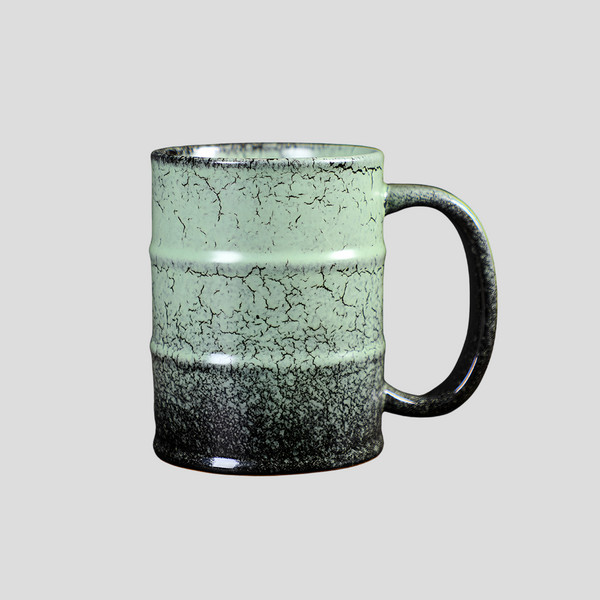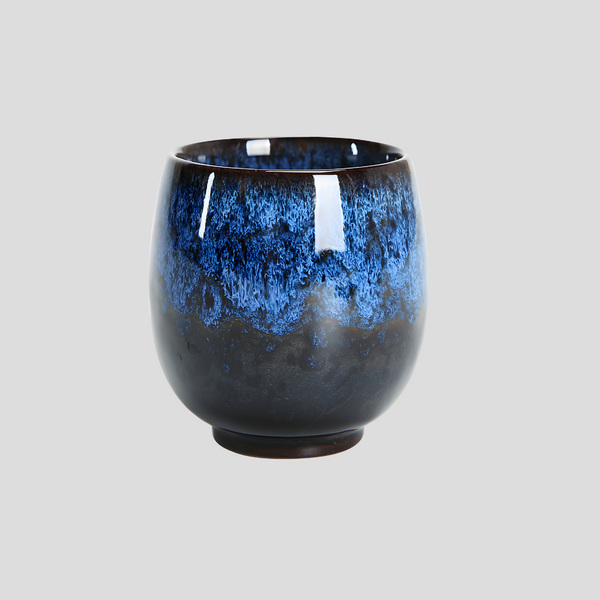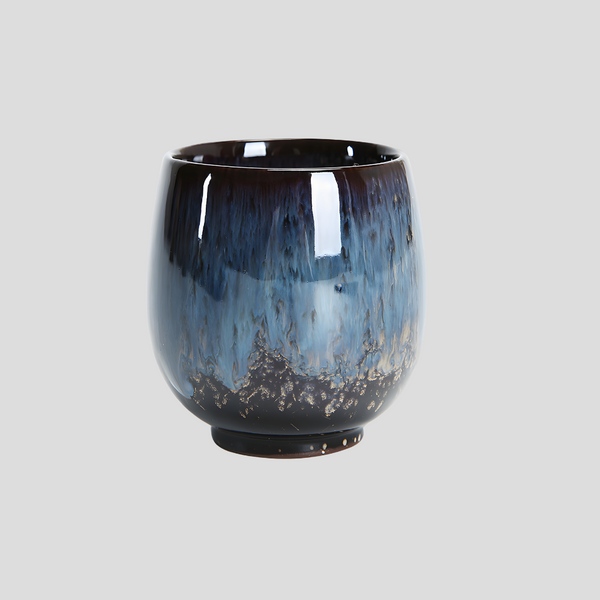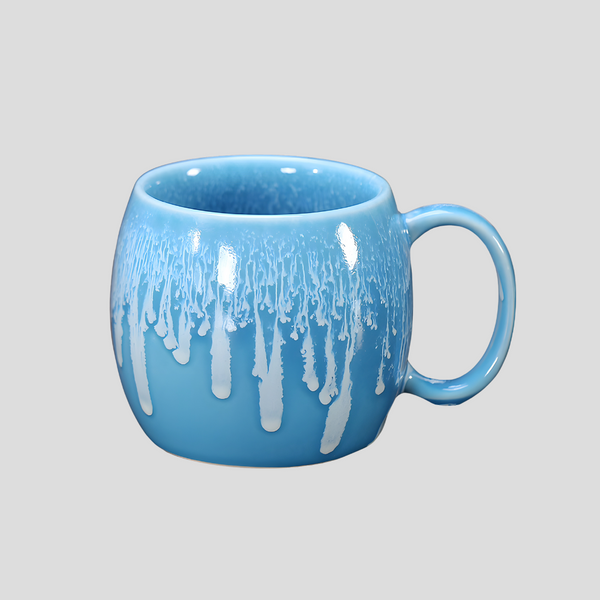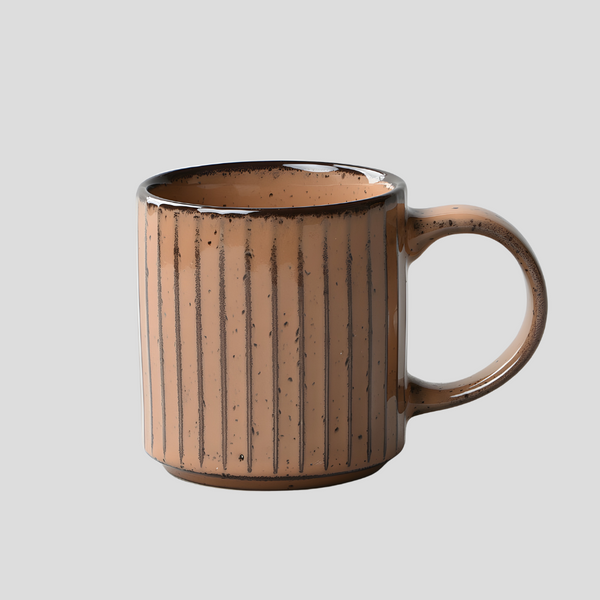
Crafting Creative Dish Designs: A Guide
Crafting Creative Dish Designs: A Guide
In the modern culinary world, presentation plays as vital a role as flavor. A well-presented dish not only tantalizes the tastebuds but also pleases the eyes, making the dining experience unforgettable. Crafting creative dish designs is an art that combines elements of gastronomy, art, and psychology. This guide takes you through the essentials of elevating your plating techniques to create visually stunning and appetizing dishes.
Understanding the Canvas
The first step in crafting an appealing dish design is understanding your canvas – the plate. The choice of plate can significantly affect how your dish is perceived. A plain, white plate offers a neutral background that makes colors pop, while a black or colored plate can add an extra layer of contrast and intrigue. The shape of the plate can also play into the theme of your dish; for instance, geometric plates can lend themselves to more modern, abstract presentations.
Playing with Colors
Colors play a crucial role in crafting an appetizing dish. Utilizing a variety of colors can not only make a dish more visually appealing but can also indicate a diverse range of nutrients. Think about how different elements of your dish can bring color to the plate. Fresh herbs, edible flowers, and vibrant sauces can all add a splash of color and life to your presentation. However, balance is key. Too many colors can become overwhelming, so aim for a harmonious blend that delights but does not distract.
The Rule of Thirds
In art and photography, the rule of thirds involves dividing the frame into nine equal sections and placing the main subjects along these lines or their intersections. This technique can be applied to dish design as well. Placing the focal point of your dish off-center can create a more dynamic and interesting presentation. It draws the diner's eye across the plate, allowing them to appreciate every element of the dish.
Texture and Height
Adding varying textures and height can transform a flat dish into a three-dimensional masterpiece. Layering components or using elements that add height can give your dish a professional touch. For instance, a stack of pancakes interspersed with slices of fruit and drizzles of syrup not only adds visual interest but also invites the diner to explore the dish further. Crispy, creamy, smooth, and rough textures play off each other and keep the palate engaged.
Negative Space
Negative space refers to the empty parts of your plate. In the culinary arts, less can indeed be more. Leaving portions of the plate untouched allows each component of your dish to stand out and be appreciated individually. It also adds a touch of elegance and suggests precision in the preparation of the dish.
Final Touches
Before serving, consider the final touches that can elevate your dish. A light drizzle of oil or sauce, a sprinkling of fresh herbs, or a dusting of spice can add that last bit of flair and flavor. Don’t forget about the sensory element of aroma as well; a hint of truffle oil or freshly grated citrus zest can envelop the dish in an enticing aroma that invites diners to dive in.
Crafting creative dish designs is about blending the artistry of presentation with the science of flavor. By considering elements such as the plate, color, texture, and composition, any home cook or professional chef can turn their dishes into culinary masterpieces. Remember, the goal is not only to make food that tastes good but also to create a visually appealing experience that will be remembered long after the meal has ended.
Click this link to check out our ceramic artwork!
